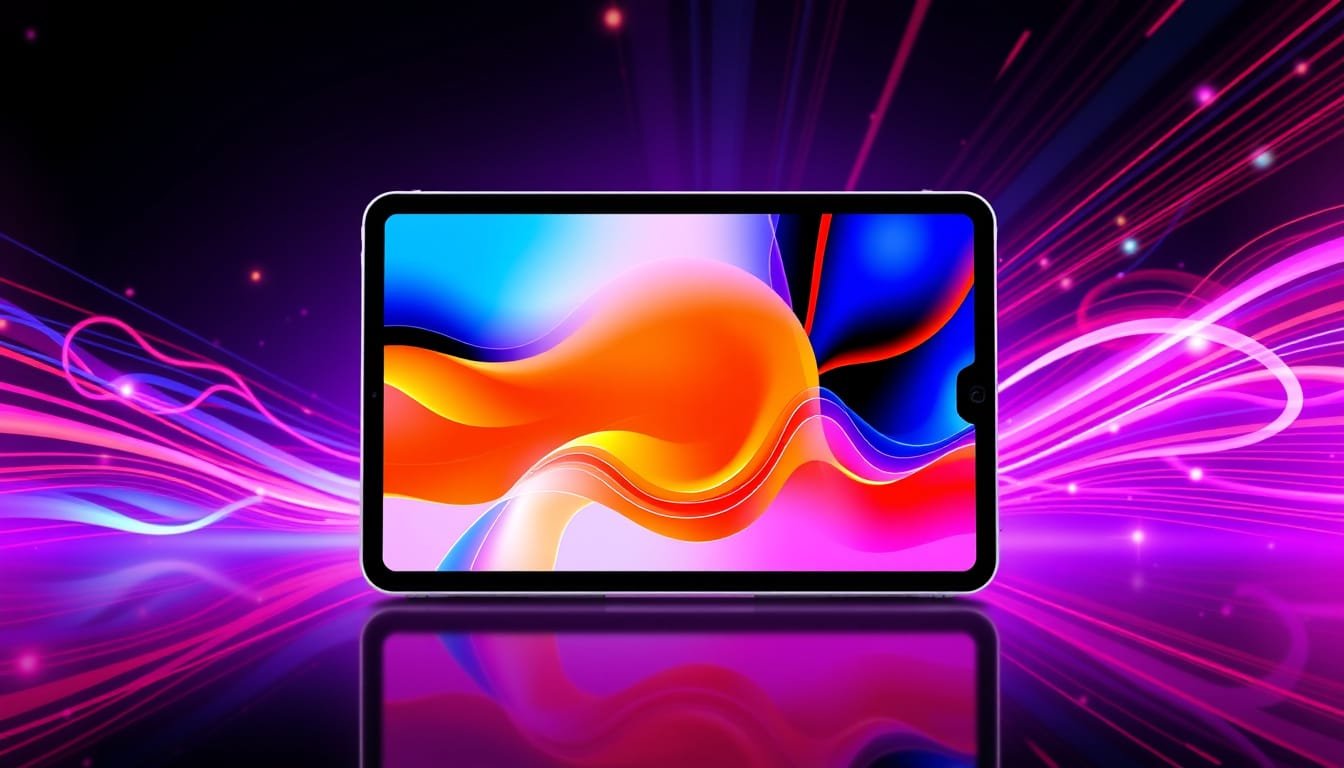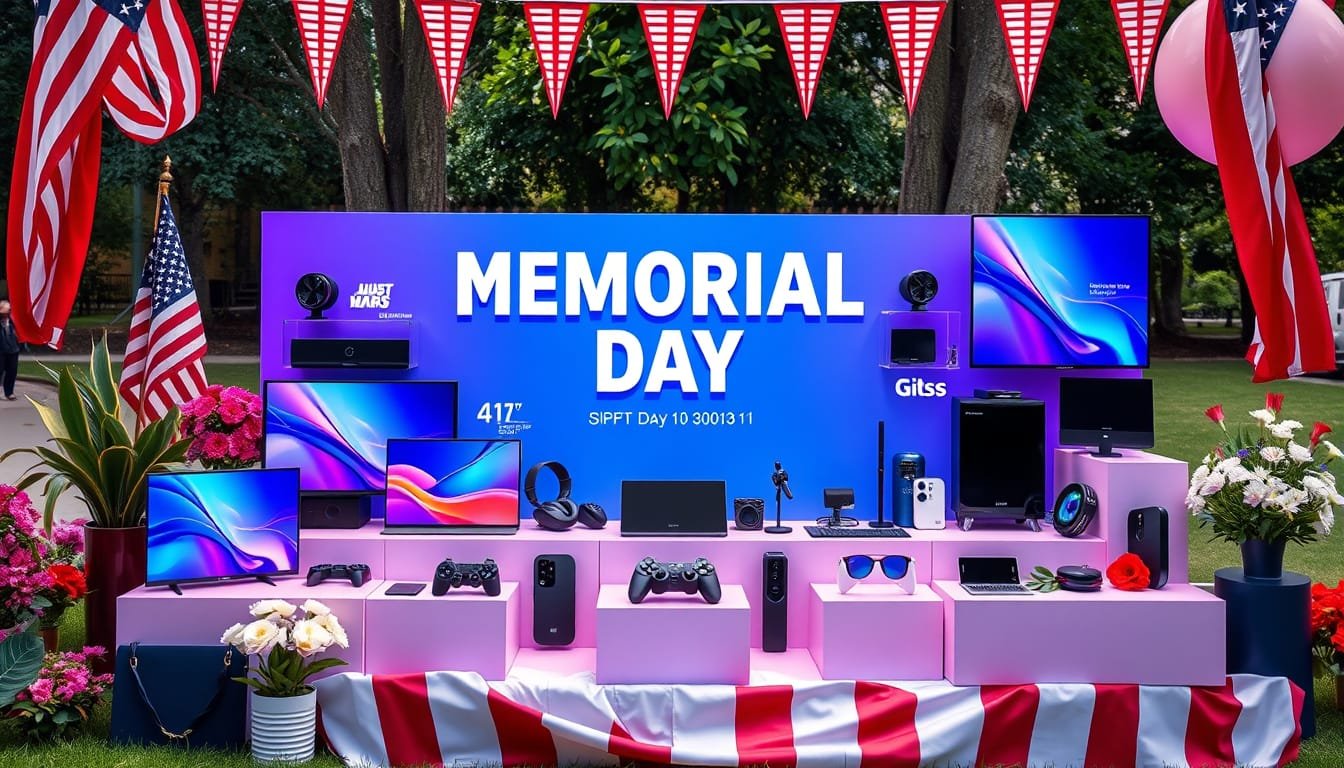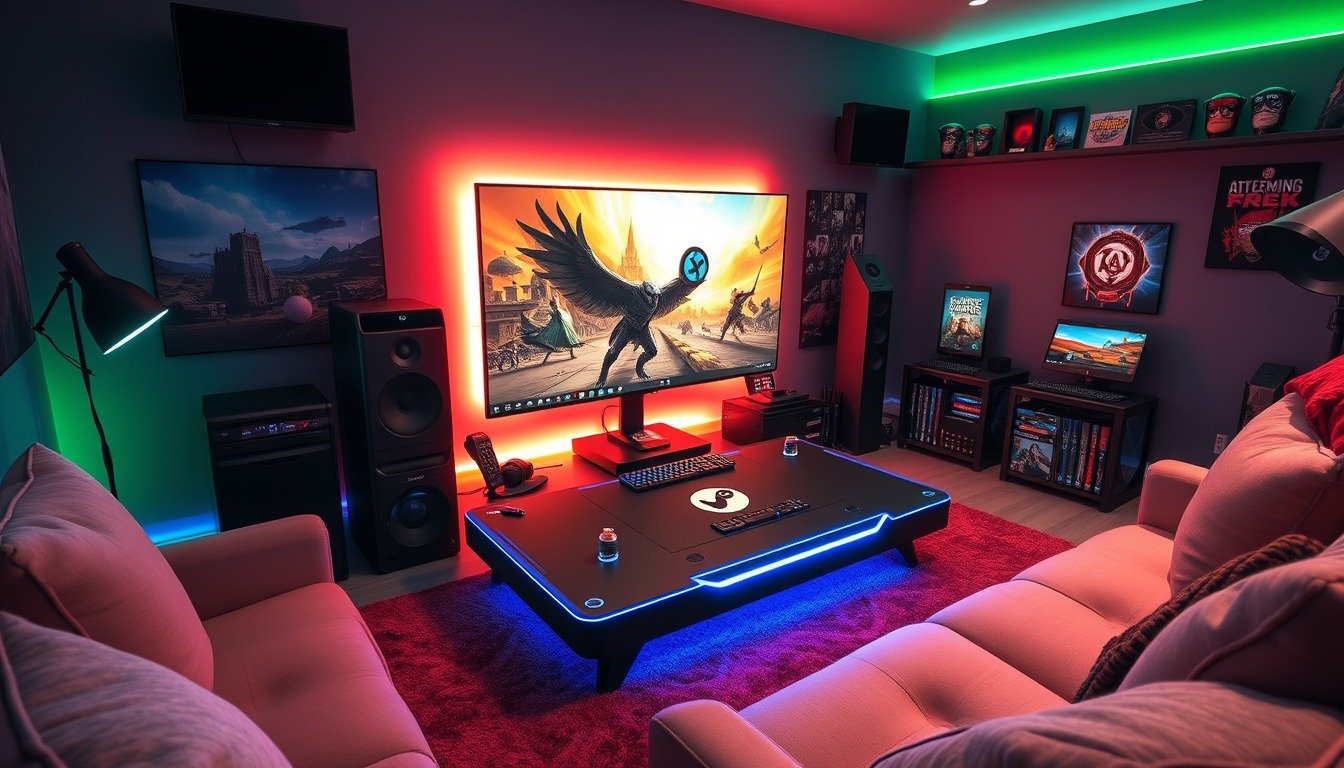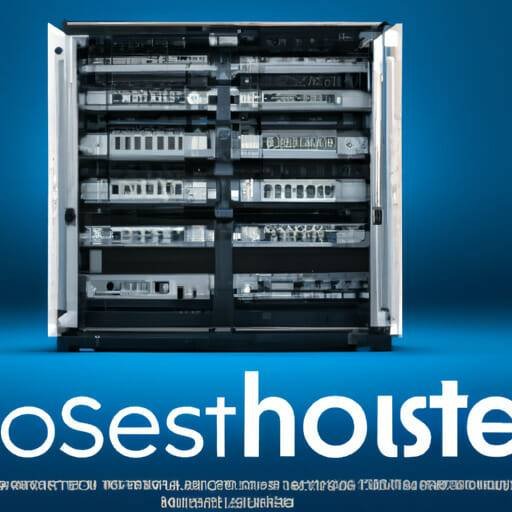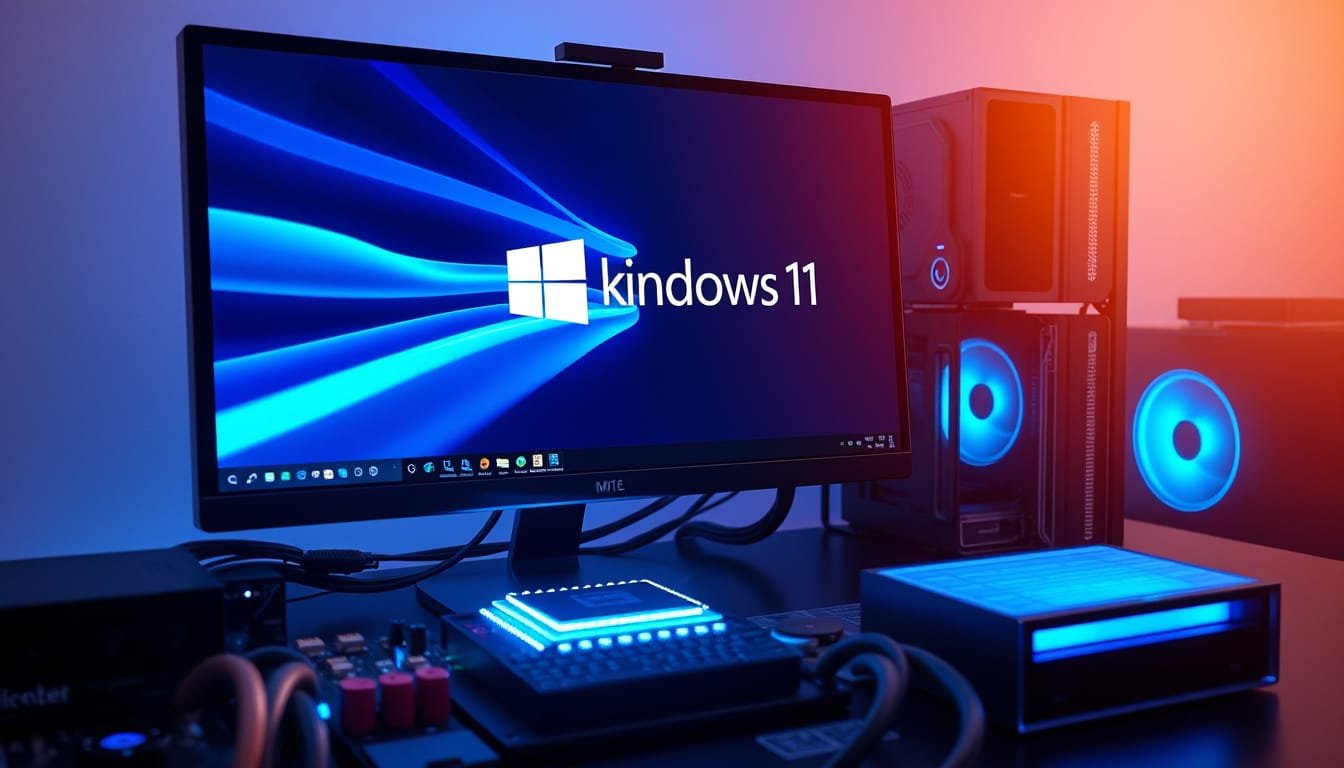Are you wondering why some gamers are choosing the Steam Deck over the Nintendo Switch 2?
You’re not alone!
With the next-gen handheld battle heating up, let’s break down why the Steam Deck might just steal the spotlight.
First off, let’s talk hard cash.
The Steam Deck starts at just $400—$50 less than Nintendo’s shiny new Switch
2.
You can even snag a certified refurbished Steam Deck for a steal at $279!
Talk about budget-friendly gaming!
Now, onto comfort.
The Steam Deck is designed for those marathon gaming sessions.
Forget uncomfortable grips; this handheld cradles your hands with care.
Those large touchpads and extra grip buttons?
They make for a smoother gaming experience.
When it comes to game options, the Steam Deck reigns supreme.
With access to an endless library of PC games, including frequent sales and bundles, you’re in for lots of gaming joy.
Meanwhile, the Switch 2 may leave you feeling nostalgic but hindered if you miss out on those exclusive titles.
For gamers with a significant Steam library, the Deck offers seamless mobile play without starting over, making it a practical choice.
Plus, syncing save data on the Steam Deck is a breeze through cloud storage.
If you enjoy tech tinkering, the Steam Deck invites you to dive into the PC gaming world, while the Switch 2 caters to casual gamers with its user-friendly design.
Ideally for seasoned players willing to engage and explore!
Ultimately, both devices have their merits, yet the Steam Deck holds an edge in comfort and versatility.
Feeling curious?
Which handheld console is your pick?
Let us know in the comments!
Try Hostinger Webhosting get a website as low as $3.99!

Key Takeaways
- The Steam Deck offers better pricing options compared to the more expensive Nintendo Switch
2. - Its ergonomic design makes the Steam Deck more comfortable for extended gaming sessions.
- Steam Deck users enjoy a wider and cheaper game library than what the Switch 2 provides.
Comparative Pricing and Value
When comparing the Steam Deck to the Nintendo Switch 2, the pricing difference is a decisive factor.
The Steam Deck starts at $400, making it slightly cheaper than the Switch 2’s $450 tag.
If you’re looking for a bargain, Valve’s certified refurbished Decks can be snagged for as low as $279.
But beyond price, let’s talk comfort.
The Steam Deck’s ergonomic design means it’s comfortable to hold during extended gaming sessions, while the Switch 2’s flatter profile may leave your hands cramping.
Game libraries also tell a compelling story.
With the Steam Deck, gamers access an extensive array of titles, often at discounted rates thanks to frequent sales across PC platforms.
In contrast, Nintendo fans are limited to the eShop, where discounts are a rare treat.
If you’re already invested in Steam, your existing library travels with you, along with the added perk of cloud save syncing for seamless gameplay across platforms.
Ultimately, seasoned gamers may prefer the Steam Deck for its value and flexibility, while casual users might lean toward the more straightforward Nintendo Switch
2.
Whatever your choice, this comparison highlights the unique advantages of each console.
Enhanced Comfort and Game Accessibility
Let’s dive into the nitty-gritty of game playability.
The Steam Deck truly shines with its flexibility for TV and monitor play.
You can connect it to any display tool at home, which means you could be rocking your favorite game on a massive screen without much fuss.
Sure, the Nintendo Switch 2 offers a dock, making it easy to play on the TV, but it strips away the experience for those who want to diversify their settings.
Plus, switching from a Steam Deck session to PC gaming?
Seamless.
That saves and improves your playtime without tedious transfers.
All your previously saved progress is just a cloud sync away, meaning no redoing any challenges or walking through the same levels again.
On the flip side, if you’re already overweight with your game library and looking for compatibility, the Steam Deck is the perfect choice.
It caters more to gamers who enjoy customizing their experiences, allowing exploration beyond the confines of a single platform.
So, wherever your gaming heart leans, weigh these factors and make the choice that truly suits your style.



